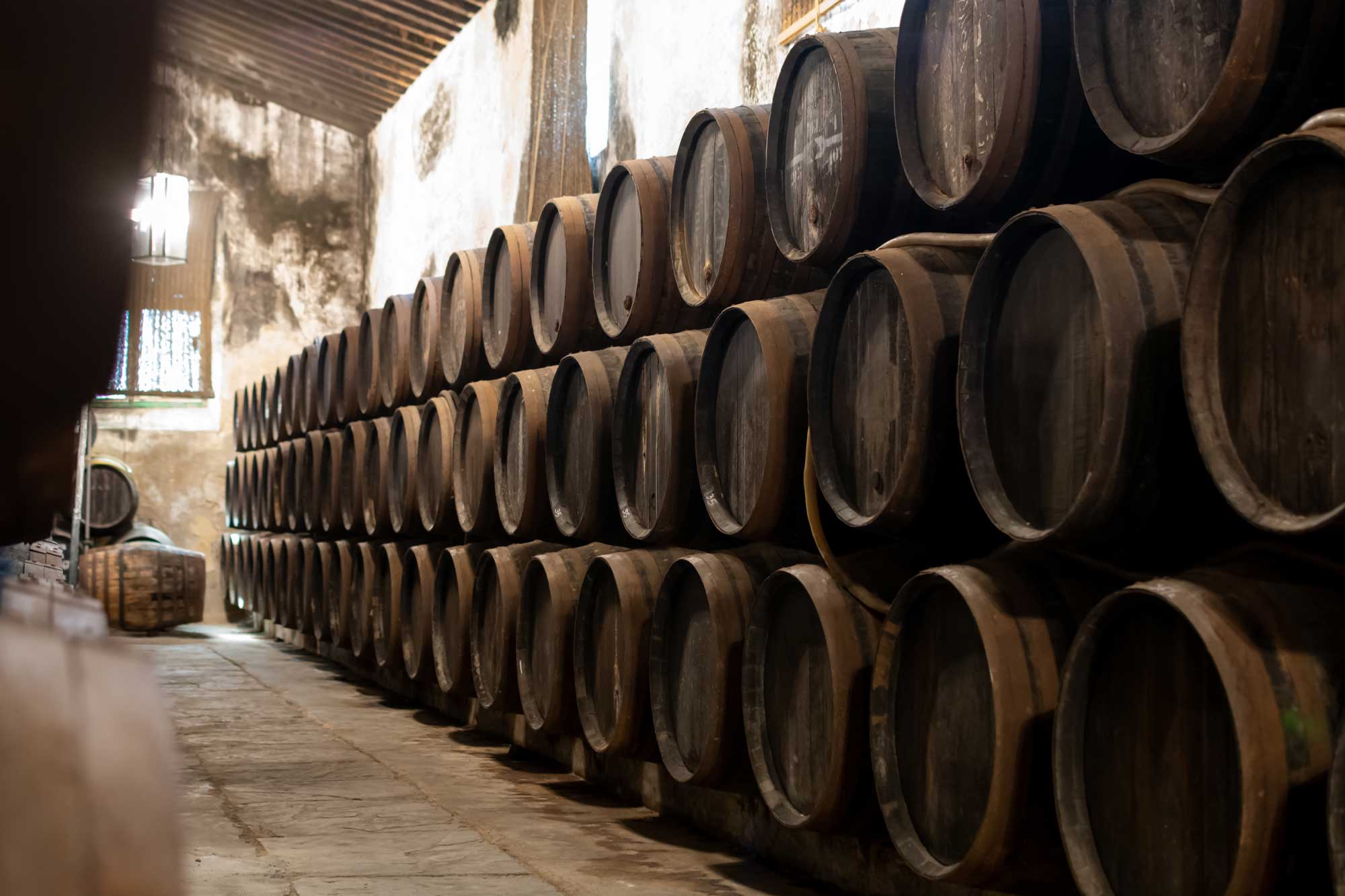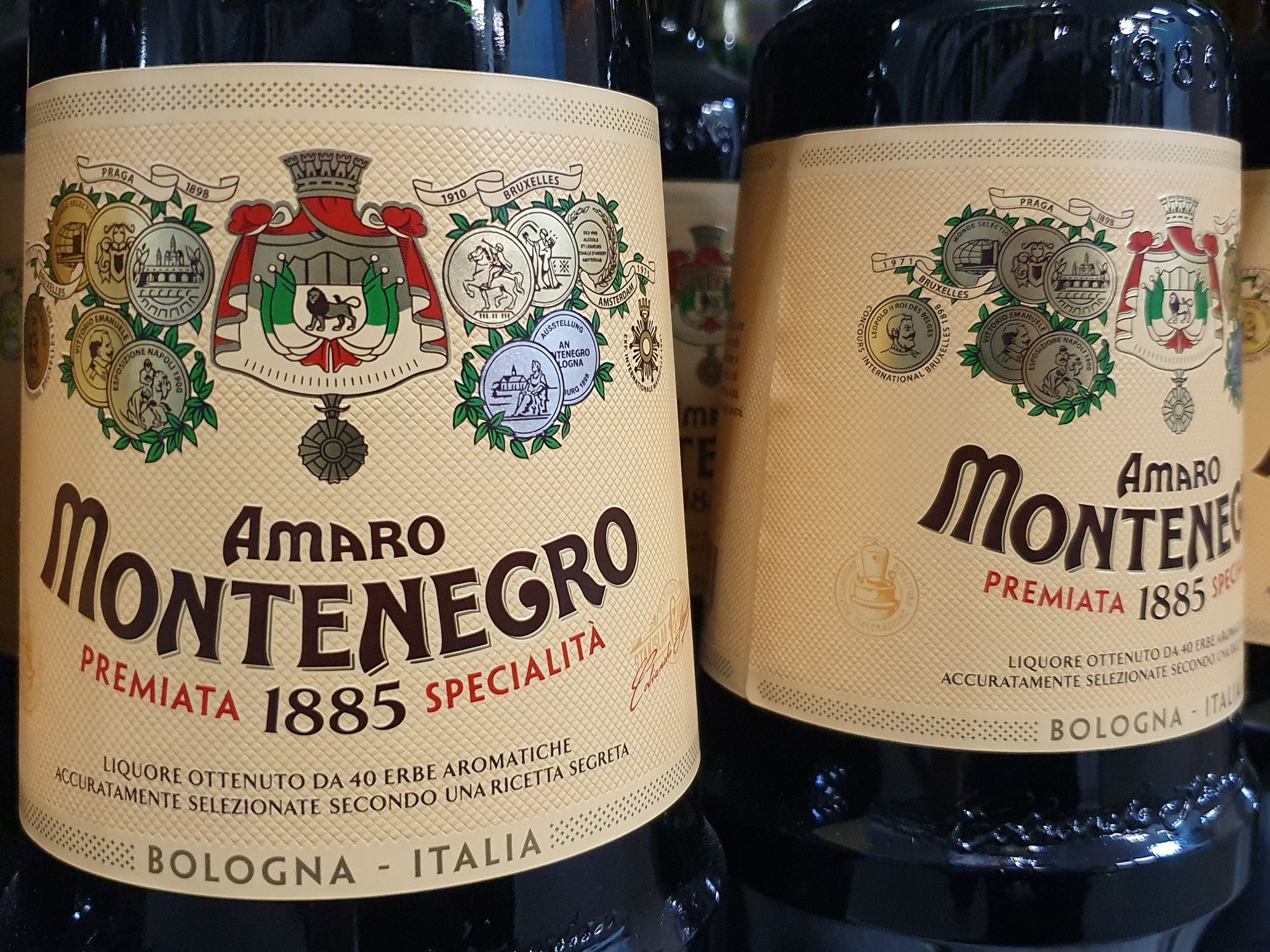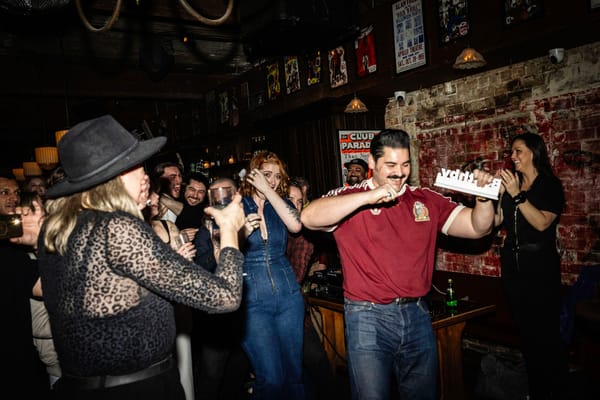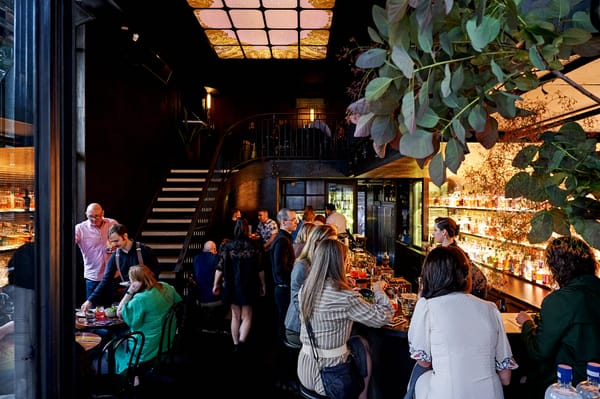Explainer: what makes Irish whiskey unique?
The Irish whiskey rules, and its rise and fall (and rise again).

Updated March 17, 2023
It wasn’t that long ago that when you walked into a bar in Australia and asked for an Irish whiskey, you’d be offered a choice of two options: Bushmills or Jameson. Whiskey from Northern Ireland, whiskey from Ireland.
Things have come a long way since then. There has been a relative explosion in the number of distilleries making whiskey in Ireland, and a wave of new whiskey brands arriving on Australian shores. There were just two operational Irish whiskey distilleries in the 1980s, Midleton and Bushmills; even as recently as 2010 there were just four distilleries making whiskey.
How things have changed. According to the Irish Whiskey Association, at the end of 2020 there were 38 distilleries in operation.
So what's behind the boom? The growth in the number of Irish whiskey distilleries is driven by demand around the world, with Irish whiskey consumption at home in Ireland only accounting for five percent of the industry’s sales — everything else is exported.
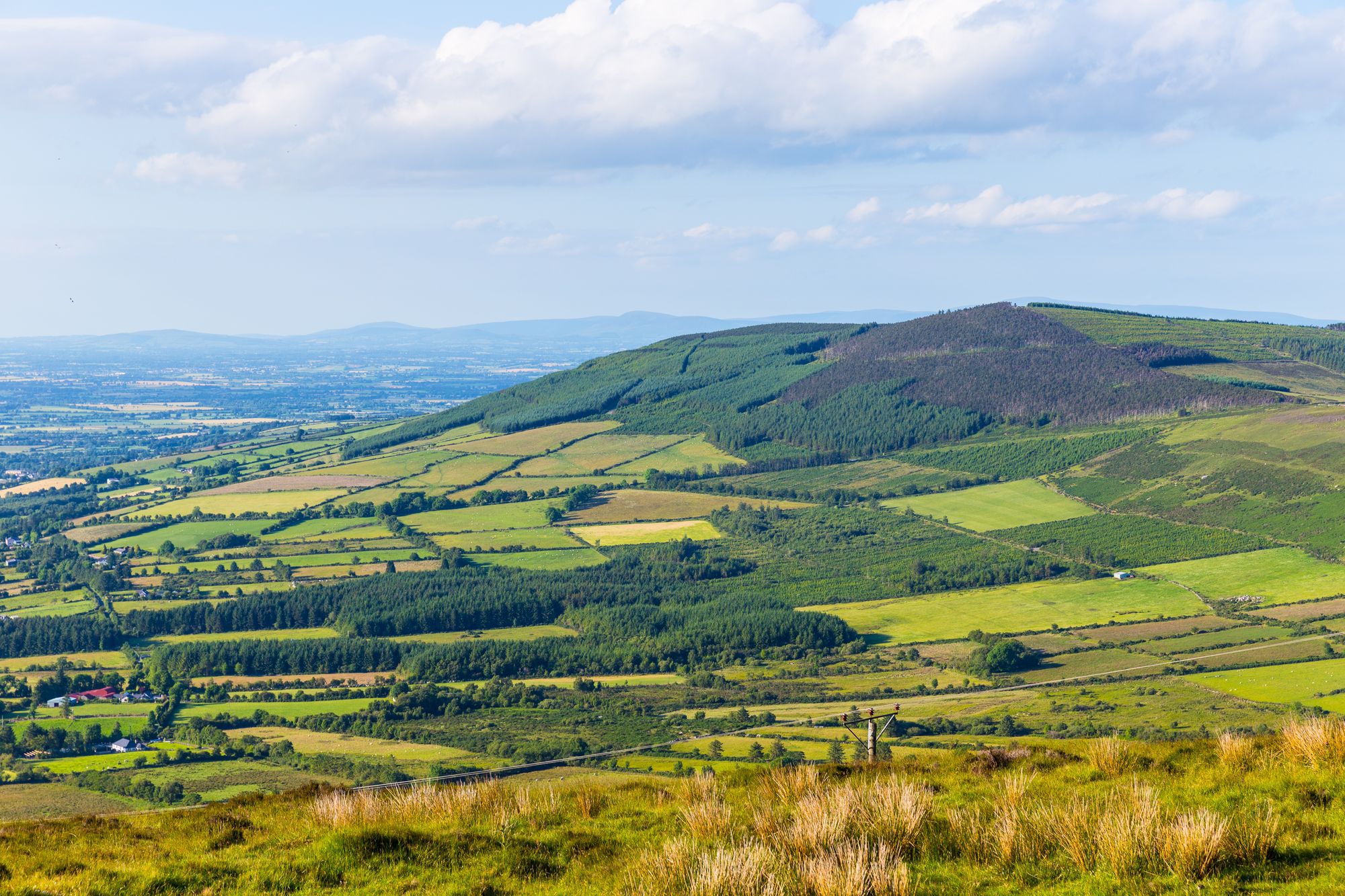
By the numbers
- 4 — the number of Irish Whiskey distilleries in 2010
- 38 — the number of Irish Whiskey distilleries today
- 2% - Australia’s share of Irish Whiskey exports
- 44% - the USA’s share of Irish Whiskey exports
- 11.4 million cases of Irish Whiskey were sold in 2020, down somewhat due to Covid
- 95% of all Irish Whiskey sales are exports; just 5 percent of sales are in Ireland
Sources: Drinks Ireland Annual Review 2020/2021, and the Irish Whiskey Association.
A brief history of Irish whiskey
If you were to ask the Irish Whiskey Association, they’d tell you that Irish whiskey has been distilled since the 6th century. And whilst perhaps it is true that Irish monks picked up the art of distillation and brought it back to Ireland, what you can be pretty certain of is that if they were distilling something, it would look nothing like the Irish whiskey we know today.
(Not for nothing, the proof that the Scots point to as proving it was distilled in Scotland first is referencing a spirit that would look nothing like we think of Scotch today, too — so who cares?).
The Crown introduced a tax on whiskey and beer across the UK and Ireland in 1661, so it’s fair to assume there was a bit of distillation happening at that time. Indeed, the oldest licensed distillery is Bushmills, whose licence dates back to 1608 but who likely didn’t begin making whiskey until some time later; Kilbeggan has been distilling and selling whiskey since 1757, but was closed between 1954 and 2007.
What’s more important to know is that today’s boom in Irish whiskey isn’t new. Irish Whiskey was popular early on: in 1779, the number of distilleries in Ireland was 1,179 according to the Irish Houses of Parliament.
But in the 1800s the number of distilleries making whiskey in Ireland dropped significantly. What happened?
As any distiller working in Australia today would tell you, their problems begin with government and taxation.
In 1779, the Crown changed the way they taxed distilleries, from a system based on the volume of spirit they produced to one based on the size of their stills. Many distilleries went rogue and avoided taxes, and the distilleries that did pay tax were known for making poor whiskey because of the way they had to run their stills to meet the cost of the tax. The effect of the law was to see distilleries reduce in number to just 40 in Ireland by 1823, when new laws were introduced to return to a production volume tax. Distilleries again grew in number, but not to the levels previously seen: in 1840, there were 86 distilleries in operation.
Like today, Irish whiskey was popular in export markets — the USA accounting for a whopping 75 percent of all exports. Wars — both world war one and the Irish war of independence — combined with prohibition in America, along with the boom in popularity of Scotch whisky blends and other factors, conspired to see the Irish whiskey industry almost close down. By 1966, there were just two distilleries making a handful of brands.
In 1987, the Cooley Distillery began making whiskey again; in 2007, Kilbeggan once more began making whiskey. And in the 2010s, well, that’s where the boom in distilleries once again picks up.
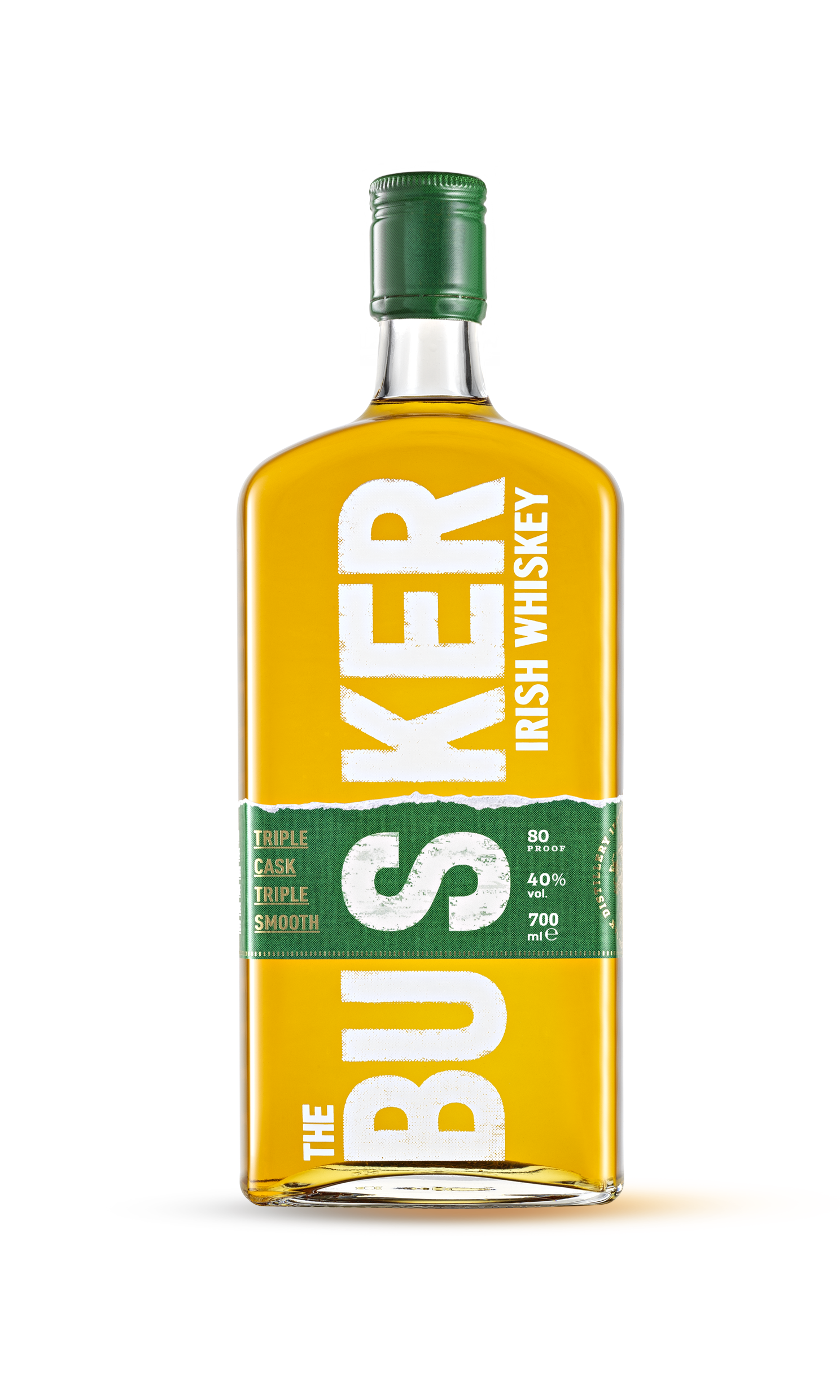
So what is Irish Whiskey?
Like other spirit categories, and like it’s cousin from across the Irish Sea, Scotch whisky, there are definite regulations on what can and can’t be called Irish whiskey.
Irish whiskey (also, Irish whisky, uisce beatha Eireannach) is a spirit distilled on the Island of Ireland, including Northern Ireland, from a mash of malted cereals with or without whole grains of other cereals and which has been:
- saccharified by the diastase of malt contained therein, with or without other natural enzymes;
- fermented by the action of yeast;
- distilled at an alcoholic strength of less than 94.8% by volume in such a way that the distillate has an aroma and taste derived from the materials used;
- subject to the maturation of the final distillate for at least three years in wooden casks, such as oak, not exceeding 700 litres capacity.
Additionally, the whiskey must be distilled, aged, and bottled in Ireland, and bottled at a minimum alcoholic strength of 40 percent.
To be labelled as pot still Irish whiskey: it must be made from non-peated malted barley and include unmalted barley and other unmalted cereals, water and yeast. The mash must contain a minimum of 30 percent malted barley and a minimum of 30 percent unmalted barley and be distilled in pot stills.
To be labelled as malt Irish whiskey, the whiskey must be made from 100 percent malted barley, and distilled in pot stills.
To be labelled as grain Irish whiskey, the whiskey must be made from no more than 30 percent malted barley, and include unmalted cereals (often maize, wheat or barley, but this isn’t restricted). It must be distilled in column stills.
To be labelled as blended Irish whiskey, the whiskey must be a combination of two of the three categories above: pot still Irish whiskey, malt Irish whiskey, and grain Irish whiskey.
If the label states that the whiskey is a single malt Irish whiskey, single pot still Irish whiskey, or a single grain Irish whiskey, then it must be the product of one distillery.
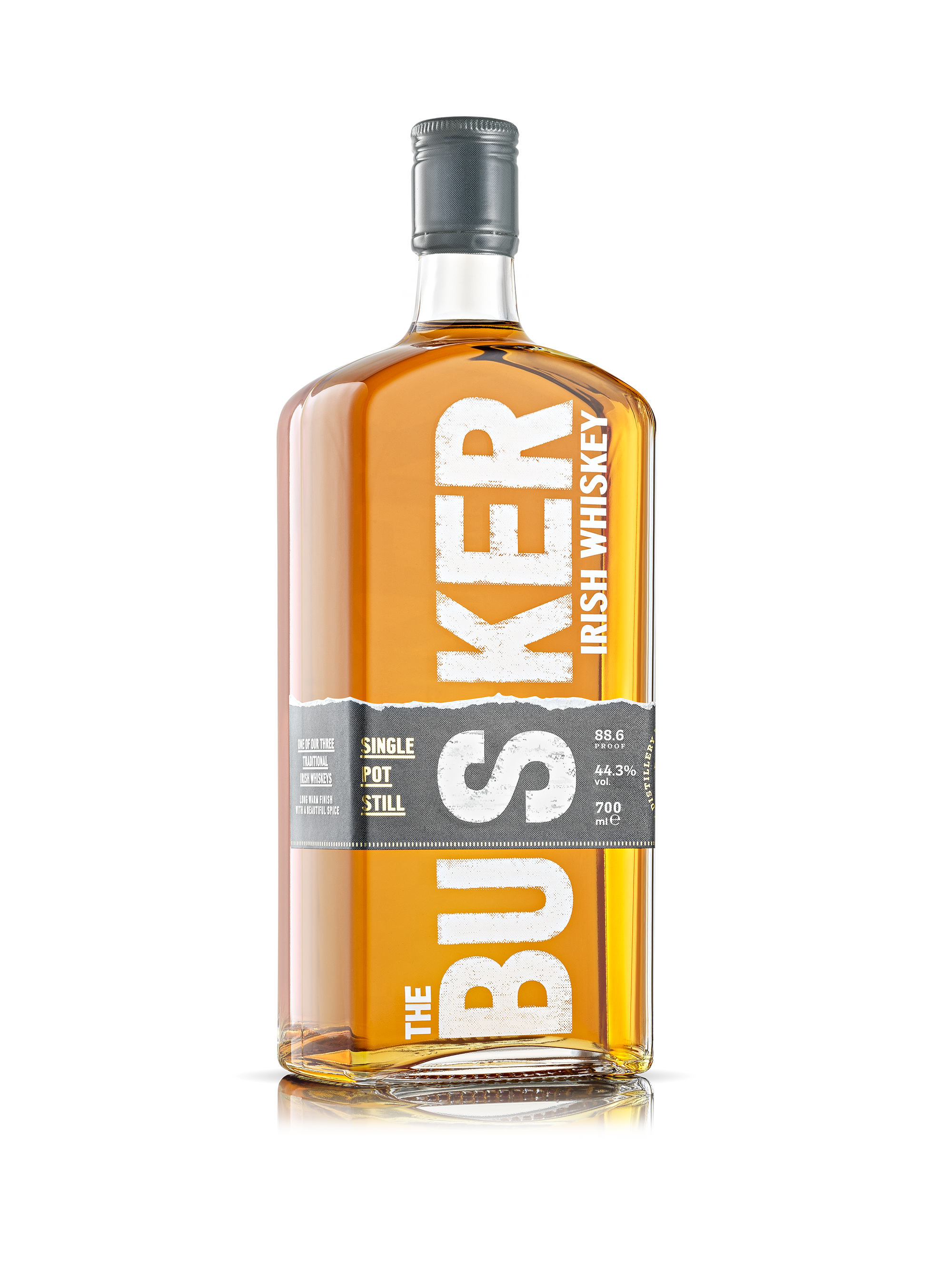
What makes Irish whiskey unique?
Ask people about Irish whiskey, and what it tastes like, and you’ll often hear that it’s smooth, creamy, rounded and approachable.
Much of that is to do with the use of unmalted barley: it helps to bring spicier characters, fruitier characters, and is often cited as making a smoother, creamier palate.
But there’s a lot more that makes Irish whiskey unique.
For one, you can argue that there’s a lot more room for innovation in the Irish whiskey world. There are four distinct categories of Irish whiskey defined by law: pot still Irish whiskey, malt Irish whiskey, grain Irish whiskey, and blended Irish whiskey.
These categories allow for many different styles of whiskey to be made.
Contrary to popular opinion, there is no rule that determines whether Irish whiskey ought to be distilled three times (though many are, plenty of others are distilled just twice).
But it’s perhaps the requirement that Irish whiskey — unlike Scotch whisky — need only be matured in wooden casks, not specifically oak. This allows room for a lot of experimentation in the future.
Want to learn more?
This explainer was made possible by Spirits Platform's Spirits Academy. Their team of ambassadors conduct trainings around the country, not just on whiskey — though they cover everything you need to know there —but on a range of spirits.
Get in touch with your Spirits Platform ambassador for your state to find out more.
- National Ambassador Manager: Mark Hickey — email him on mhickey@spiritsplatform.com.au
National Ambassador (Tia Maria, Disaronno, Busker): Danilo Migliorini — email him on dmigliorini@spiritsplatform.com.au
NSW, ACT: Josh Varna — email him on jvarna@spiritsplatform.com.au
QLD, NT: Jack Creighton — email him on jcreighton@spiritsplatform.com.au
VIC, TAS: Max Borrowman — email him on mborrowman@spiritsplatform.com.au
